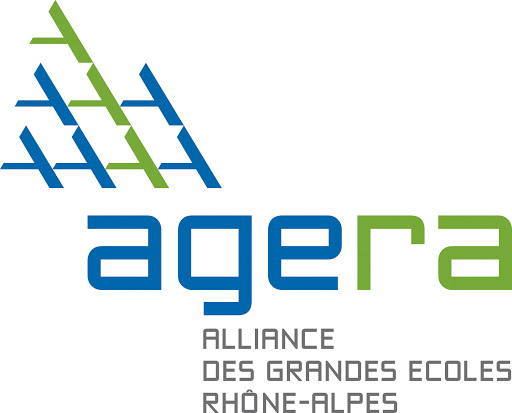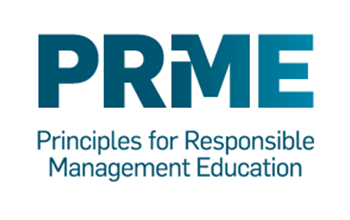- Homepage
- ESDES’s blog
- Responsible Natives
- Challenges Faced by European Firms in Adhering to the CSRD Compliance Law. A brief synopsis on navigating new sustainable horizons
Sarah Clifft
3 min.
8 December 2023
The European Union's Corporate Sustainability Reporting Directive (CSRD) heralds a new era of transparency and accountability for businesses across the continent. While this directive aims to bolster sustainability efforts and foster responsible corporate practices, European firms are grappling with a host of challenges as they strive to meet the stringent requirements outlined in the CSRD. One of the primary challenges faced by European firms is the complexity of the reporting requirements stipulated by the CSRD. The directive demands a comprehensive disclosure of non-financial information, including environmental, social, and governance (ESG) aspects. Navigating through the intricate reporting framework requires a deep understanding of the specific data points, metrics, and formats outlined in the CSRD, posing a substantial challenge for companies aiming to align their reporting practices with the new law.
While Circular Economy (CE) practices align with the broader goals of the CSRD, integrating these practices into existing business models presents a significant hurdle for many European firms. Adapting product design, supply chain processes, and waste management systems to adhere to the circular principles requires a substantial investment of time and resources. Striking a balance between compliance with the CSRD and the seamless integration of CE practices poses a multifaceted challenge for businesses seeking to stay ahead of regulatory changes.
Additionally, the CSRD places a heightened emphasis on data accuracy and reliability, requiring companies to establish robust data management systems. Many European firms find themselves grappling with the task of collecting, verifying, and reporting a vast array of non-financial information. The need for standardized, accurate, and consistent data across diverse business operations adds complexity to the compliance process, especially for multinational corporations with operations spanning various sectors and geographies. Coupled with this, firms must have qualified data analyst experts to fulfil these challenges. This example reaffirms the problems that firms face in fulfilling CSRD compliance as they struggle to reallocate resources, both in terms of personnel and finances. Many companies, particularly smaller and medium-sized enterprises (SMEs), face challenges in diverting sufficient resources to establish dedicated sustainability and compliance teams. Balancing the demands of day-to-day operations with the new reporting obligations requires a strategic approach to resource allocation that ensures compliance without compromising core business functions.
Another challenge that firms face is the dynamic regulatory landscape for sustainability reporting, with standards and expectations continually evolving. European firms are challenged to stay abreast of changes in the CSRD and anticipate future amendments. This necessitates ongoing training and education for internal teams to ensure that reporting practices remain in harmony with the latest regulatory developments.
Finally, meeting CSRD compliance goes beyond fulfilling legal obligations; it involves engaging with a diverse set of stakeholders. European firms must find effective ways to communicate their sustainability efforts, progress, and challenges to investors, customers, employees, and the broader community. Crafting transparent and compelling narratives that resonate with stakeholders requires a nuanced approach to communication, presenting an additional challenge for companies navigating the CSRD landscape.
In conclusion, while the CSRD represents a laudable step towards a more sustainable and accountable business environment, European firms are contending with various challenges in its implementation. Overcoming these hurdles demands a strategic and proactive approach, with companies focusing on robust data management, resource allocation, and stakeholder engagement. As businesses evolve to meet the requirements of the CSRD, they have the opportunity not only to comply with regulatory mandates but also to foster a culture of transparency, responsibility, and sustainability that can drive positive change in the long run.










